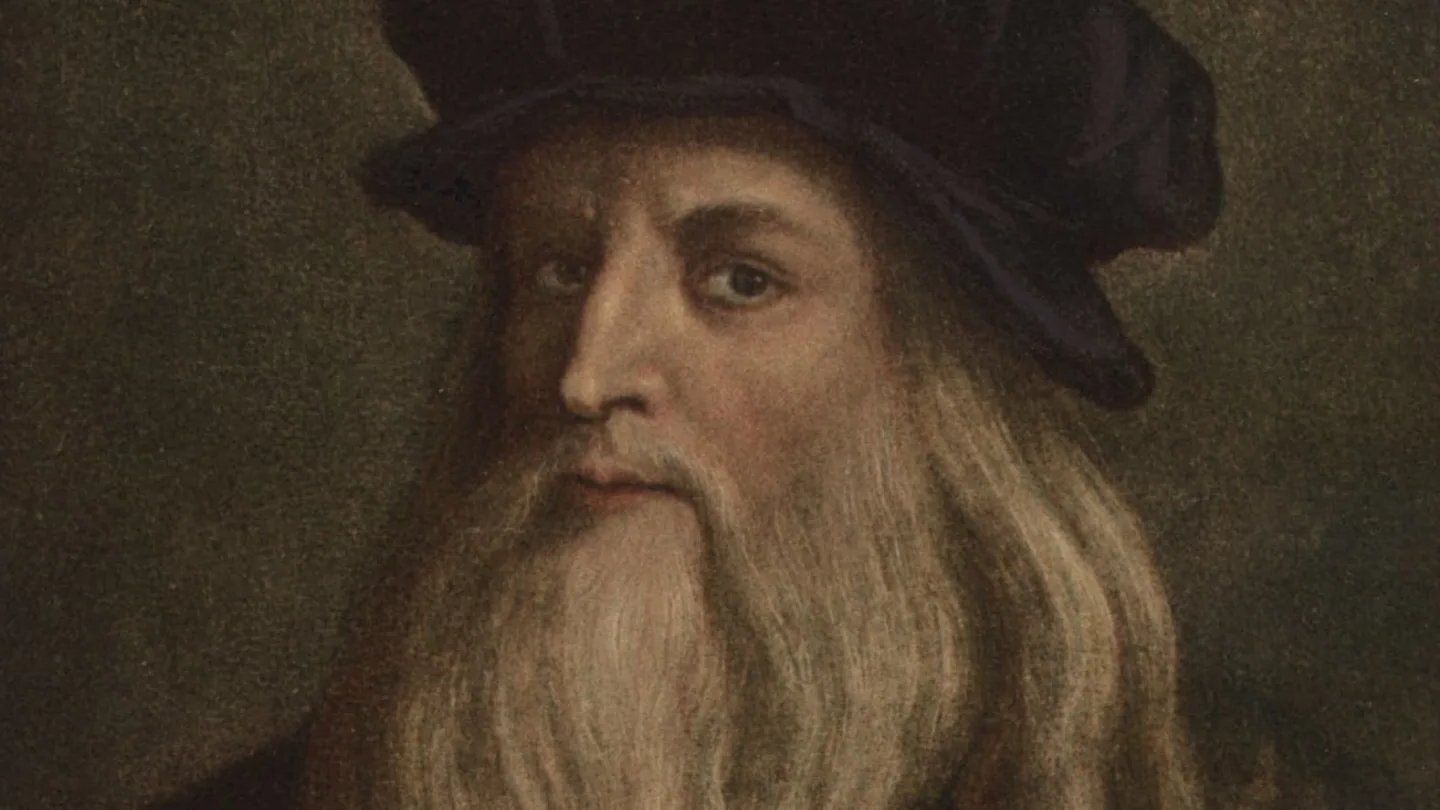
Ever wondered about the genius behind the Mona Lisa's enigmatic smile or the visionary sketches that predated modern inventions by centuries? Leonardo da Vinci, a name synonymous with art and science, has fascinated us for ages. But how much do we really know about this Renaissance master beyond his famous paintings? From his vegetarianism to his ambitious, albeit unfinished, projects, da Vinci's life is a canvas of intriguing facts waiting to be discovered. Let's dive into the world of Leonardo, where each fact is a brushstroke that adds depth and color to the portrait of this unparalleled genius. Ready to have your mind blown by some lesser-known tidbits about da Vinci? Let's get started!
Key Takeaways:
- Leonardo da Vinci was a brilliant artist, scientist, and inventor who left a lasting impact on the world with his iconic paintings and visionary ideas for flying machines and submarines.
- His left-handedness and mirror writing added to the mystery of his genius, while his interdisciplinary approach continues to inspire future generations to break free from traditional silos of knowledge.
Who Was Leonardo da Vinci?
Leonardo da Vinci, born on April 15, 1452, in Vinci, Italy, stands out as a polymath whose expertise spanned various fields such as art, science, mathematics, engineering, and anatomy. Best known for his art, including the iconic paintings "The Last Supper" and "Mona Lisa," da Vinci's curiosity and insatiable hunger for knowledge also led him to make significant contributions to other domains.
Early Life and Education
-
Leonardo was born out of wedlock to a notary, Piero da Vinci, and a peasant woman, Caterina, in the region of Florence. His early life was spent in the countryside, where he developed an enduring fascination with nature.
-
Despite receiving little formal education in Latin and mathematics, Leonardo demonstrated extraordinary artistic talent. At 14, he began an apprenticeship with the renowned artist Andrea del Verrocchio in Florence, where he honed his skills in painting, sculpting, and technical and mechanical arts.
Leonardo's Artistic Masterpieces
-
"The Last Supper," painted between 1495 and 1498, showcases Leonardo's mastery in capturing human emotion and is renowned for its detailed portrayal and innovative use of perspective.
-
"Mona Lisa," arguably the most famous painting in the world, captivates viewers with its subject's enigmatic smile. Leonardo's use of the sfumato technique created a soft transition between colors, adding depth and realism.
Innovations in Science and Engineering
-
Leonardo's notebooks, filled with over 7,000 pages of notes and drawings, reveal his visionary ideas, including designs for a flying machine, a tank, and a submarine—centuries ahead of their time.
-
In anatomy, he conducted detailed studies of the human body, dissecting corpses to understand muscle and bone structure. His anatomical drawings, particularly of the human heart and fetus, were remarkably accurate for his time.
Fascination with Flight
-
Da Vinci's obsession with flight led him to study the flight patterns of birds and design several flying machines, including the ornithopter, which aimed to mimic the flapping of bird wings.
-
Although none of his flying machines were built during his lifetime, his studies significantly contributed to the understanding of aerodynamics.
Leonardo's Notebooks: A Glimpse into a Genius Mind
-
His notebooks, written in mirror script—a technique he used to keep his ideas secret—contain observations, sketches, and ideas that provide insight into his genius mind.
-
These notebooks were not published during Leonardo's lifetime and remained scattered across various collections, only gaining widespread recognition centuries later.
Legacy and Influence
-
Leonardo da Vinci died on May 2, 1519, in Amboise, France, leaving behind a legacy that transcends art. His visionary ideas and contributions to science and engineering continue to inspire and influence modern technology.
-
Beyond his tangible inventions and artworks, Leonardo's approach to combining art and science exemplifies the power of interdisciplinary thinking, encouraging future generations to explore and innovate across fields.
Unveiling the Mystery of "Mona Lisa"
-
The identity of the "Mona Lisa" has long been a subject of debate, with the most widely accepted theory suggesting she was Lisa Gherardini, a Florentine merchant's wife.
-
Recent studies of the painting's underlayers using reflective light technology have revealed changes made by Leonardo, suggesting he continuously refined the painting over several years.
Leonardo's Impact on the Renaissance
-
As a key figure of the Renaissance, Leonardo exemplified the era's spirit of rebirth and humanism, pushing the boundaries of what was known and accepted in art and science.
-
His interdisciplinary approach not only made significant contributions to multiple fields but also set a precedent for future scholars and artists to break free from traditional silos of knowledge.
The Enigma of Leonardo's Left-handedness
-
Leonardo was predominantly left-handed, a trait that influenced his writing and painting techniques. His left-handed mirror writing remains a subject of fascination and study.
-
This unique characteristic has led some historians to speculate on how it may have affected his work, particularly in terms of the unconventional techniques and perspectives he employed.
Preserving Leonardo's Legacy
-
Today, Leonardo da Vinci's artworks and manuscripts are preserved in museums and libraries around the world, testament to his enduring influence on art and science.
-
Efforts to digitize his notebooks and make them accessible online have opened up new avenues for studying and appreciating the depth of his genius to a global audience.
A Final Brushstroke on Leonardo's Legacy
Leonardo da Vinci's life and work continue to fascinate us centuries after his time. From his groundbreaking art to his visionary inventions, he embodies the spirit of the Renaissance, blending science and art in ways that still influence us today. His curiosity and relentless pursuit of knowledge remind us of the power of asking "why" and "what if." As we've journeyed through 20 captivating facts about his life, it's clear that Leonardo's legacy is not just in the masterpieces he left behind but in the insatiable curiosity and boundless imagination he championed. His story encourages us to look beyond the surface, to explore, and to keep questioning. Leonardo's life proves that creativity knows no bounds, and his contributions to art and science will continue to inspire generations to come. Let's carry forward his legacy of curiosity, creativity, and innovation.
Frequently Asked Questions
Was this page helpful?
Our commitment to delivering trustworthy and engaging content is at the heart of what we do. Each fact on our site is contributed by real users like you, bringing a wealth of diverse insights and information. To ensure the highest standards of accuracy and reliability, our dedicated editors meticulously review each submission. This process guarantees that the facts we share are not only fascinating but also credible. Trust in our commitment to quality and authenticity as you explore and learn with us.


